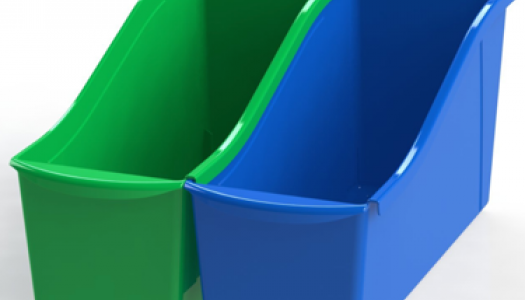
Allison Behne
My mom was recently shopping for a new couch. Every time she found one she liked, she was disappointed by the craftsmanship, frequently remarking, “They just don’t make them like they used to.” She eventually decided to reupholster her old couch. It was a bit pricey, but she is very happy with the result. The foundation of the couch remained the same, but the look and design got updated to match its current surroundings.
Similar things happen in education, but instead of a new couch, districts look to purchase new one-size-fits-all programs that will meet the needs of all students. As with the couches, the craftsmanship will inevitably be found lacking. If strong foundations and belief in the importance of relationships, choice, brain-compatible lessons, authentic work, student and teacher accountability, and data-driven, differentiated instruction exist (as they do with Daily 5 and CAFE), it isn’t necessary to throw out everything we’ve used before for something shiny and new. If student achievement is below where we’d like it to be, it might be time to “reupholster.” When considering what to change, we look closely at four areas:
- Materials—Are students reading good-fit books? What can we add to the library to spark renewed interest and stamina?
- Setting—Do students work better in the whole group, in small groups, or one-on-one? We can easily shift to the setting that works best for the individuals in our rooms.
- Instructional practices—How are we teaching? Direct instruction, modeling, think-aloud, and other methods can be combined to build understanding and proficiency.
- Cognitive Process—What level of understanding is our goal for each student? Do we need to back up to move forward?
We often find that a shift in one or more of these areas brings new life to instruction and new growth for students. That’s a makeover worth celebrating.
News From The Daily CAFE
Fist Bump Power
All About Book Boxes
2024-2025 Calendars









